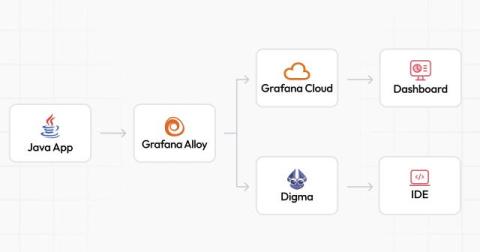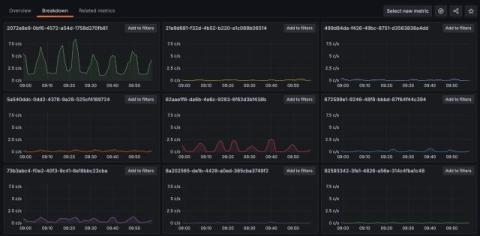New: Table Cell Text Wrap Preview in Grafana 11.1 | Grafana
This highly requested feature is now available in preview! You can now wrap text in table cells. By default, the column with the longest text is selected for wrapping. You can also configure wrapping manually using field overrides.











